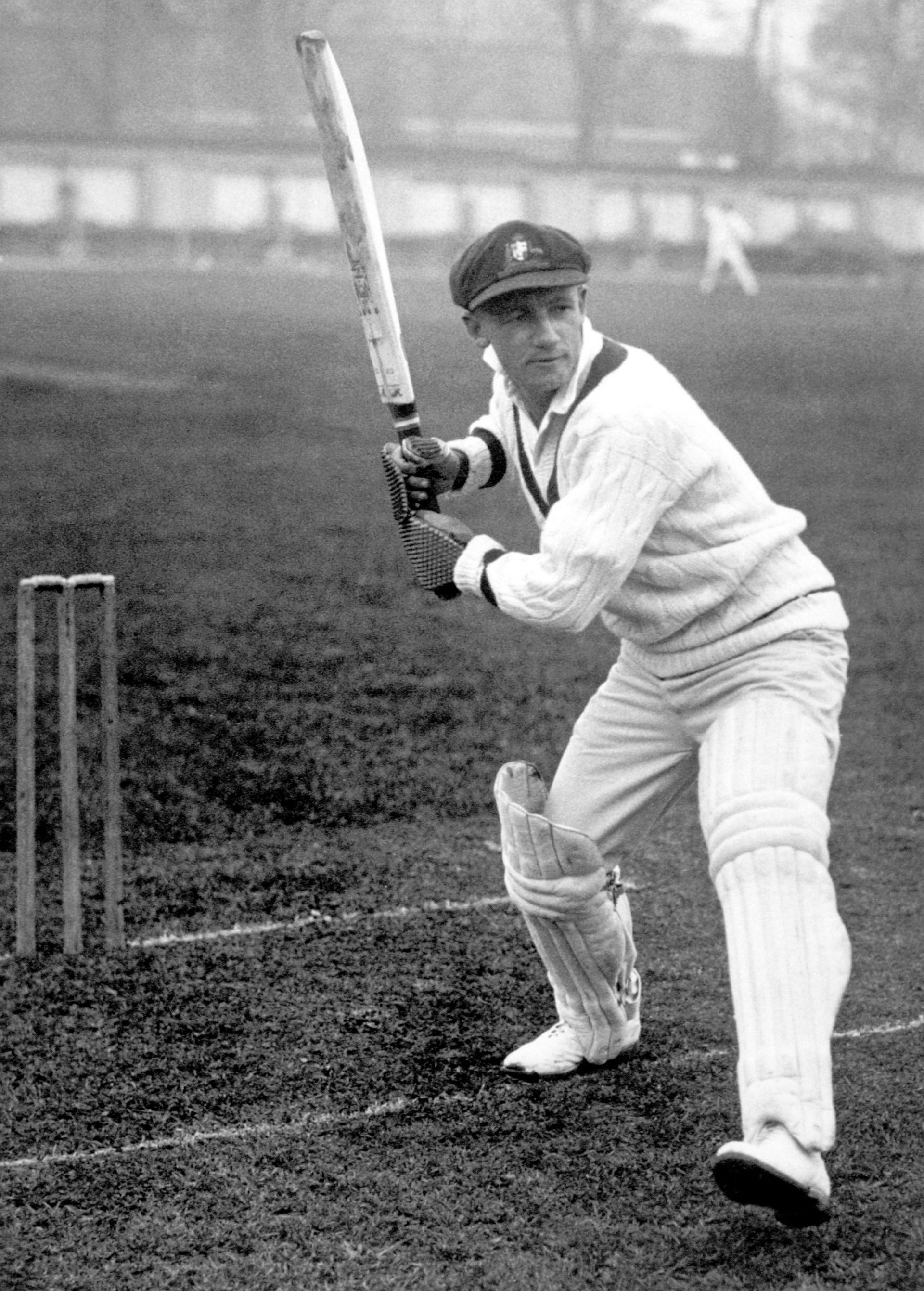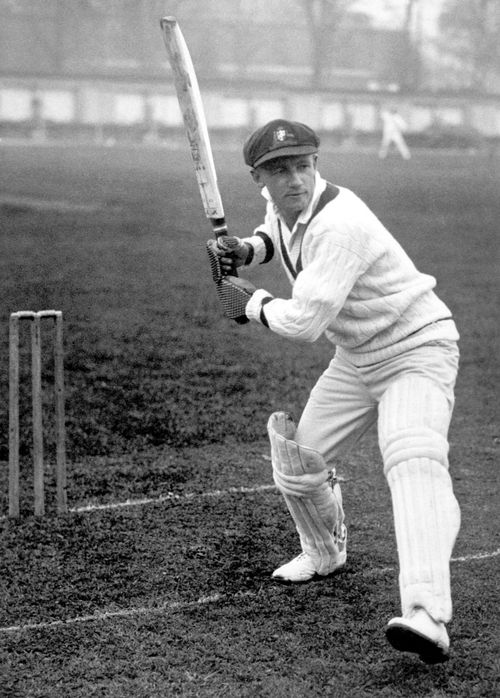
Don Bradman’s precocious first steps in the world of cricket

Don Bradman’s carpenter father George was a keen cricketer, an allrounder who played regularly in local matches around Bowral. He spurred Bradman junior’s interest in the game, and it is reckoned that the youngster played a proper match in 1919, showing his prowess by scoring 55.
He hit his first hundred the following season, when he was a little over 12 years old, for his Bowral Public School against Mittagong School. It was, in fact, a brilliant all-round performance, an unbeaten 115 out of a total of 150, with eight wickets to his name.
A two-day trip in February 1921 to Sydney with his father to watch his first Test match was, in every respect, a cricketing pilgrimage. It must have been enthralling for the impressionable mind to see Australia’s awesome side led by the imposing Warwick ‘Big Ship’ Armstrong hand out a drubbing (the series ended 5-0) to Johnny Douglas’ touring English team.
The Test witnessed hundreds by home heroes Charlie ‘Governor General’ Macartney, Herbie Collins and skipper Armstrong, whose power-packed knock was reckoned to be his best. Also in action was the greatest batsman of the time, Jack Hobbs. Don must have come away satiated.
He vowed that he would never be satisfied until he played on this magnificent ground. Armstrong next led his team on a triumphant tour of England the same year. Little was Bradman to know then that this champion Australian side would be compared to his own ‘Invincibles’ 27 summers later.
Beginning of young Bradman’s cricket career at Bowral Town Cricket Club
Young Don was the designated scorer for Bowral Town Cricket Club (BTCC), also responsible for getting match scores to the newspapers.
In a game in 1922, a player did not turn up, and Don got the opportunity to play his first club match at the age of 13. It was a side for which not only his father, but two uncles and brother Victor also played, so Don already had role models to emulate, and the team could now easily be called Bradman and Associates.
Even in those early days, Bradman was hard to dislodge. He was unbeaten in both the innings, having notched up scores of 37 and 29. In appreciation of his performances, and to encourage the lad, one of the Bowral players presented Don his first cricket bat. His father George sawed off three inches to enable the youngster to handle it comfortably.
Don used this bat through his first full season with the senior team, and then preserved it. The historic bat can now be seen at the Bradman Museum at Bowral. Soon, at the end of 1922, he secured his Intermediate Certificate, left school and began working as a ledger-keeper with a real estate agency owned by Percy Westbrook.
Cricket or tennis?
He stepped into a man’s world at an early age, and it was at this time that Bradman was faced with a dilemma. Like his great predecessor at the crease from the land of his ancestors, W.G. Grace, Don was a gifted allround sportsman.
He was as good at tennis as he was at cricket, and if W.G. had taken time off from a cricket match to win a 440-yard race at Crystal Palace more than half a century earlier, Bradman at this stage was not certain which of the two sports he should pursue earnestly.
Easy access to a tennis court owned by his uncle enabled him to enjoy the game for hours, to the extent that he did not play cricket for an entire summer. A knock of 66 for Bowral against Wingello convinced him that the thrill of the willow striking a leather ball was more exhilarating. It was obviously a wise decision, and if any reassurance was needed, it came very soon.
(Excerpt from Indra Vikram Singh’s book ‘Don’s Century’).